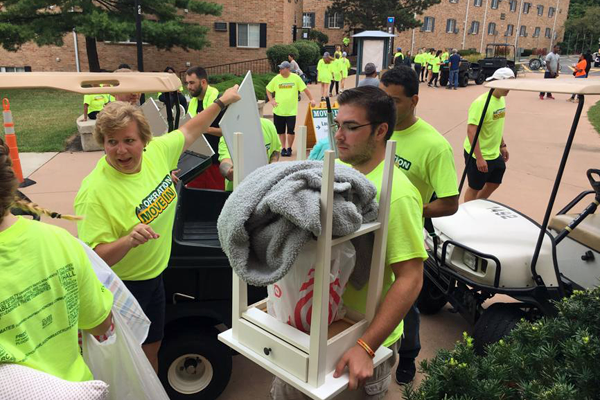
Excerpt from the Dayton Daily News
The percentage of Ohio high school graduates who had to take remedial coursework as college freshmen dropped for the seventh straight year, according to a report from the Ohio Department of Higher Education, but a university professors group has questions about the data.
The new report studies high school Class of 2018 students who enrolled at Ohio public universities or community colleges in fall 2018. Ohio’s Remediation Report says that 26.8% of those students took remedial math or English courses. That’s down from 40% in the Class of 2012, 30% in the Class of 2014, and 28% in the Class of 2016.
State, university and local K-12 officials have been working for years to get more students to “remediation-free” status, because those developmental-level college courses cost students money but don’t count towards a degree. Ohio Higher Ed officials say the courses “are known to be a barrier … reducing the likelihood that students complete a certificate or degree.”
Why results changed
The big decline in Ohio’s remediation rate earlier this decade had much to do with a new set of goalposts, as the state set uniform “remediation-free” standards for all public universities that were lower than some schools’ previous bar. By those standards, students who meet certain scores on college entrance exams — for the ACT, 18 in English, 22 in reading and math — are deemed remediation-free.
But the student remediation rate has continued to shrink since then.
“There really are too many variables involved to speculate on what exactly has contributed to the continued decline in the remediation rate,” Ohio Higher Ed spokesman Jeff Robinson said, pointing to efforts in placement, advising, bridge programs, and other strategies. “But it is certainly a collaborative effort and the result of caring faculty and staff working together.”
John McNay, Ohio president of the American Association of University Professors, said his group would like to see more study of how many students actually need remediation and why.
“It remains to be seen whether there has been real improvement in college readiness or simply some gimmicky addressing of the problem,” said McNay, professor of history at the University of Cincinnati-Blue Ash.

